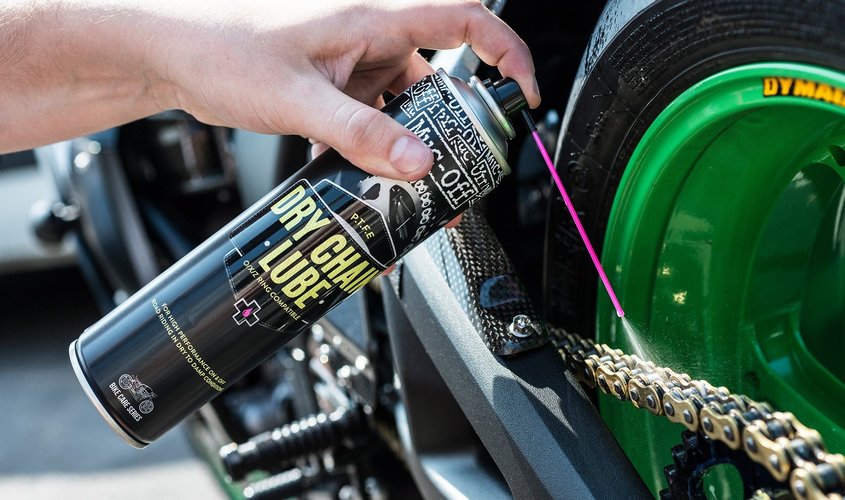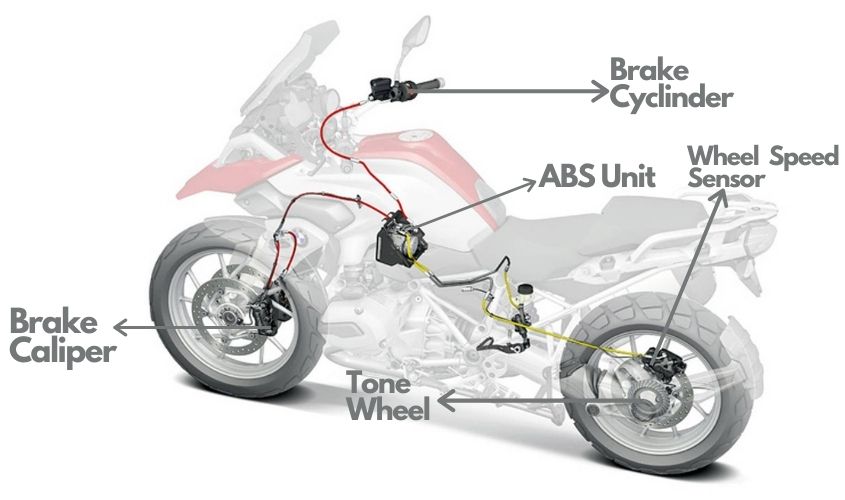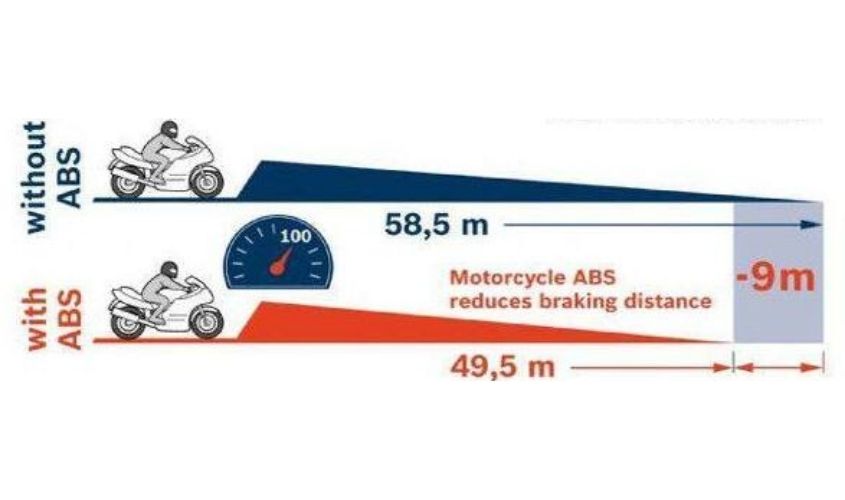
Things to know about Motorcycle Drive Chain and Its Maintenance
"Here are some ways to maintain your Drive chain of a motorcycle."
Some of the most critical elements of a motorcycle drive train are chains and sprockets, and their maintenance is a vital aspect of healthy riding. For a very important job, they are used to deliver power from the gearbox to the rear wheel. A defective chain set can cripple your motorcycle, or the condition can even get unsafe occasionally. That implies that we have to take special care of this part, and we need to know about chain maintenance for that. So, here are some ways to maintain your Drive chain of a motorcycle.
Before going for its maintenance, we first need to know about the motorcycle chainset. Most of Nepal's motorcycles have a non-sealed style chain, while some of the luxury models have an O-ring type chain. Compared to the latter, the former one requires a lot of care, and the cause is the O-ring style chain's self-lubricating and cleaning technique. If your motorcycle has a non-sealed form of a chain, for washing, lubricating and wearing, you need to keep a closer eye on it. An O-ring style chain, though, comes with a little o-ring between the chain's rollers and attachment plates, which prevents the grease from locked for a longer period and keeps dirt out.
Inspection
We should inspect and adjust the normal chainset after every run of around 700kms. Place the bike on the main stand such that the rear wheel is free and you can rotate the wheel to check the whole chain. By touching it, you can verify the dryness of the chain and visually check the dirt and dust on it. You will determine, based on the amount of wear and tear, how long the device can continue to operate, or how long it has to be modified immediately.
Cleaning

Grease on the chain meets dirt and creates the matter of a gunk form, which appears to build up around the chain and increase its wear. So finally, We need to get this gunk regularly separated from the chain. To clean the non-sealed style chain, we should use a very hard or a wire brush with mild soap, while an o-ring type chain should be washed with a very soft brush. A Quick Solution Grunge brush is indeed a good option for the fast resolution of the target. If you're using soap water to clean the chainset, after cleaning, you need to dry the chain properly with a cloth or blower.
Lubing

We need to lubricate the chain with fresh grease after washing to making sure the lube goes well inside any pin and roller. When turning the rear wheel forward, you should apply grease on the inner side of the chain, which will ensure the proper lubing of the system. After that, using a towel, you can remove excess lube from it so it won't absorb any dust and dirt. You should also use a chain lubricating spray for the job if you want to make the operation smoother. After cleaning and lubricating your motorcycle's chainset, you can feel the smoothness of the power transmission.
Replacing
Even after cleaning and lubing. If your chain is still not functioning properly then, there is no other option than to replace the old motorcycle chain with a new one. Excessive tension or low tension may damage your new chain-set, so it should be balanced properly. After getting it replaced, take a test ride first and ensure that the tension in the chain is proper and power delivery is happening smoothly.
Also Read:
TIPS TO SAVE PETROL IN BIKE | MINIMIZE FUEL CONSUMPTION
WHY ISN'T YOUR MOTORBIKE STARTING?
REVOLT EXPANDS SALES OF ELECTRIC MOTORCYCLES
TVS MAX 125 PRICE IN NEPAL | SEMI TRAIL BIKE? | FIRST LOOK | SPECS
NEW UPCOMING BIKES IN NEPAL 2020 | SPECS, PRICE
5 MOTORBIKE ACCESSORIES THAT EVERY BIKER MUST-HAVE








